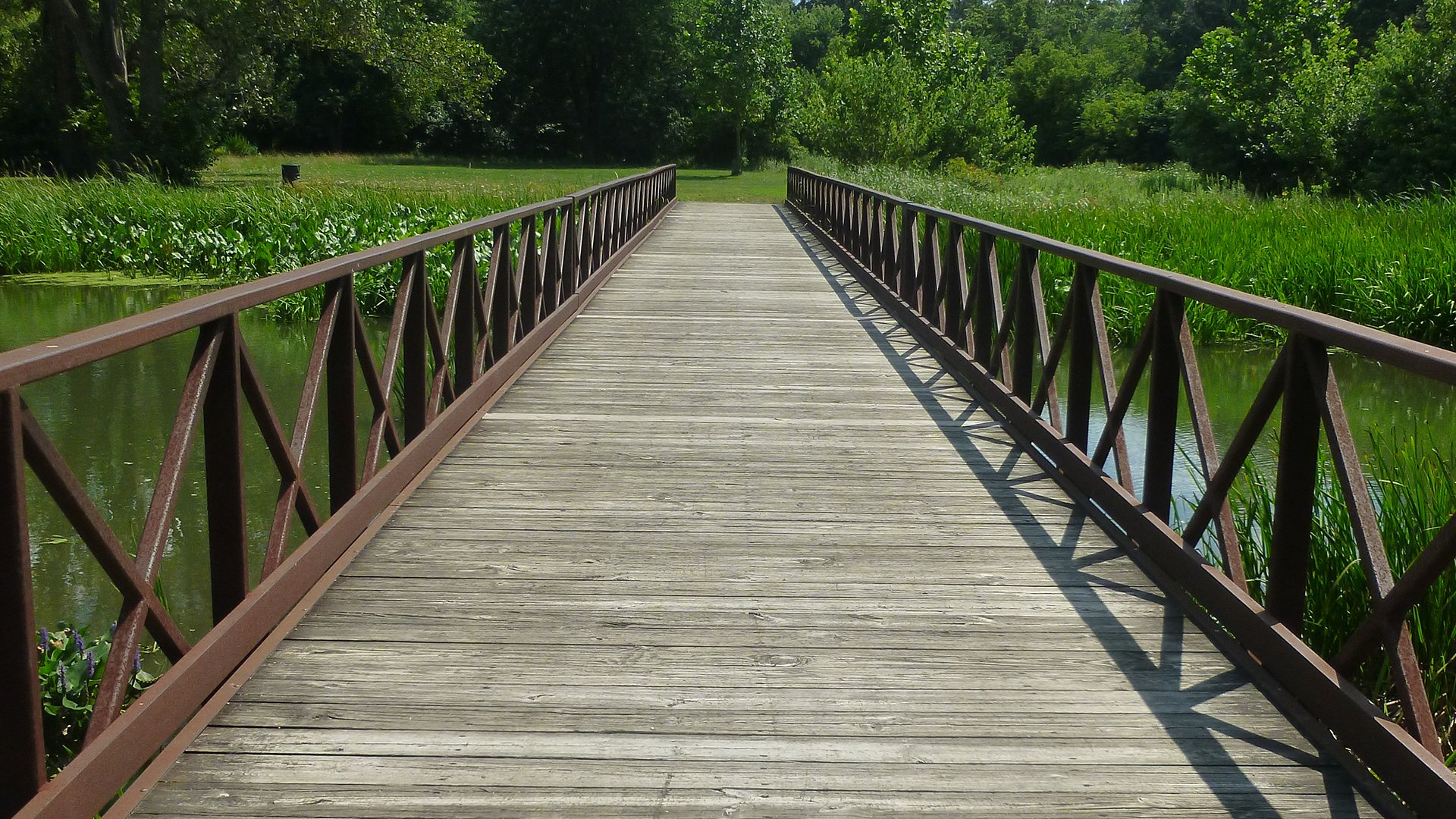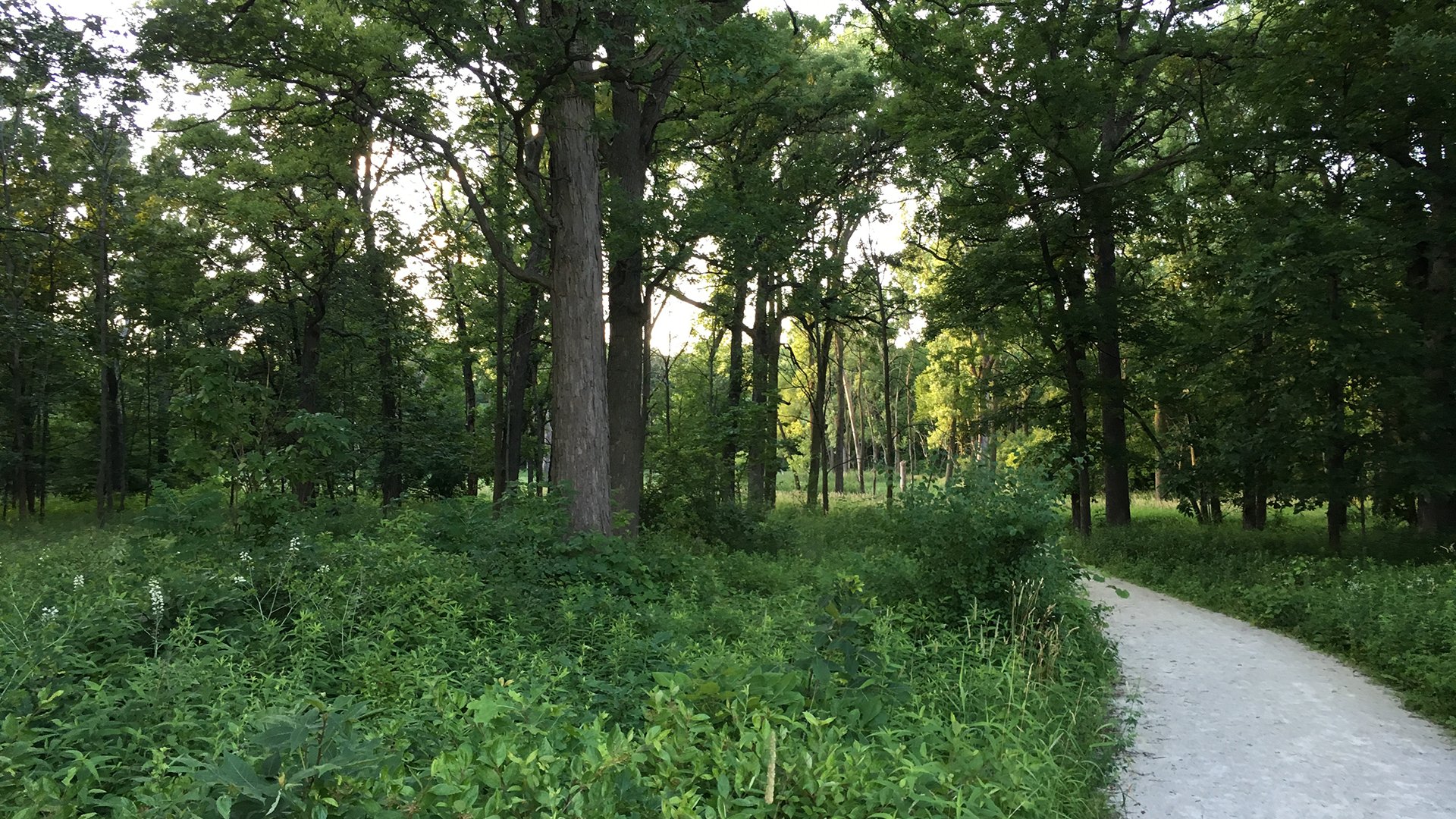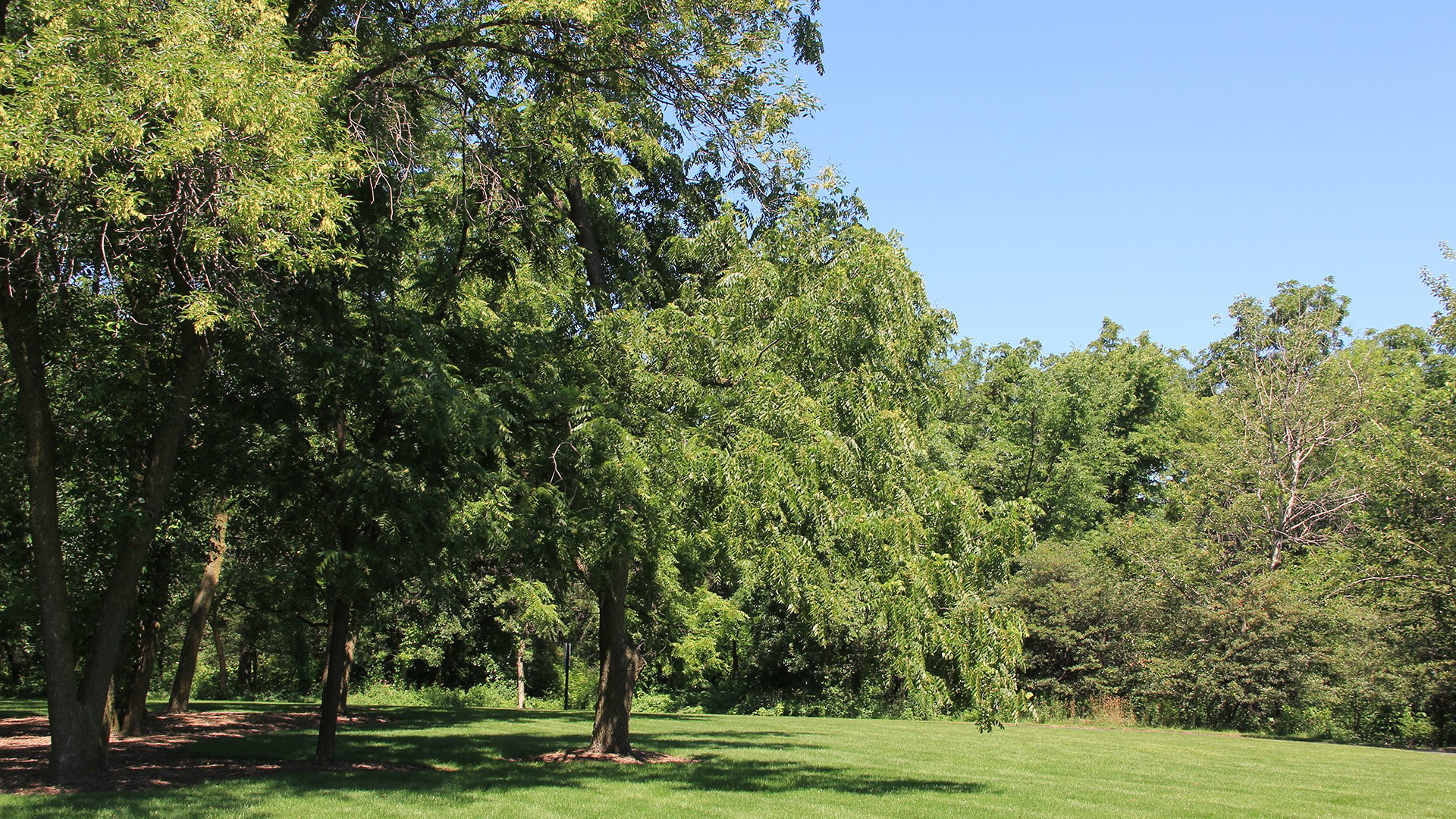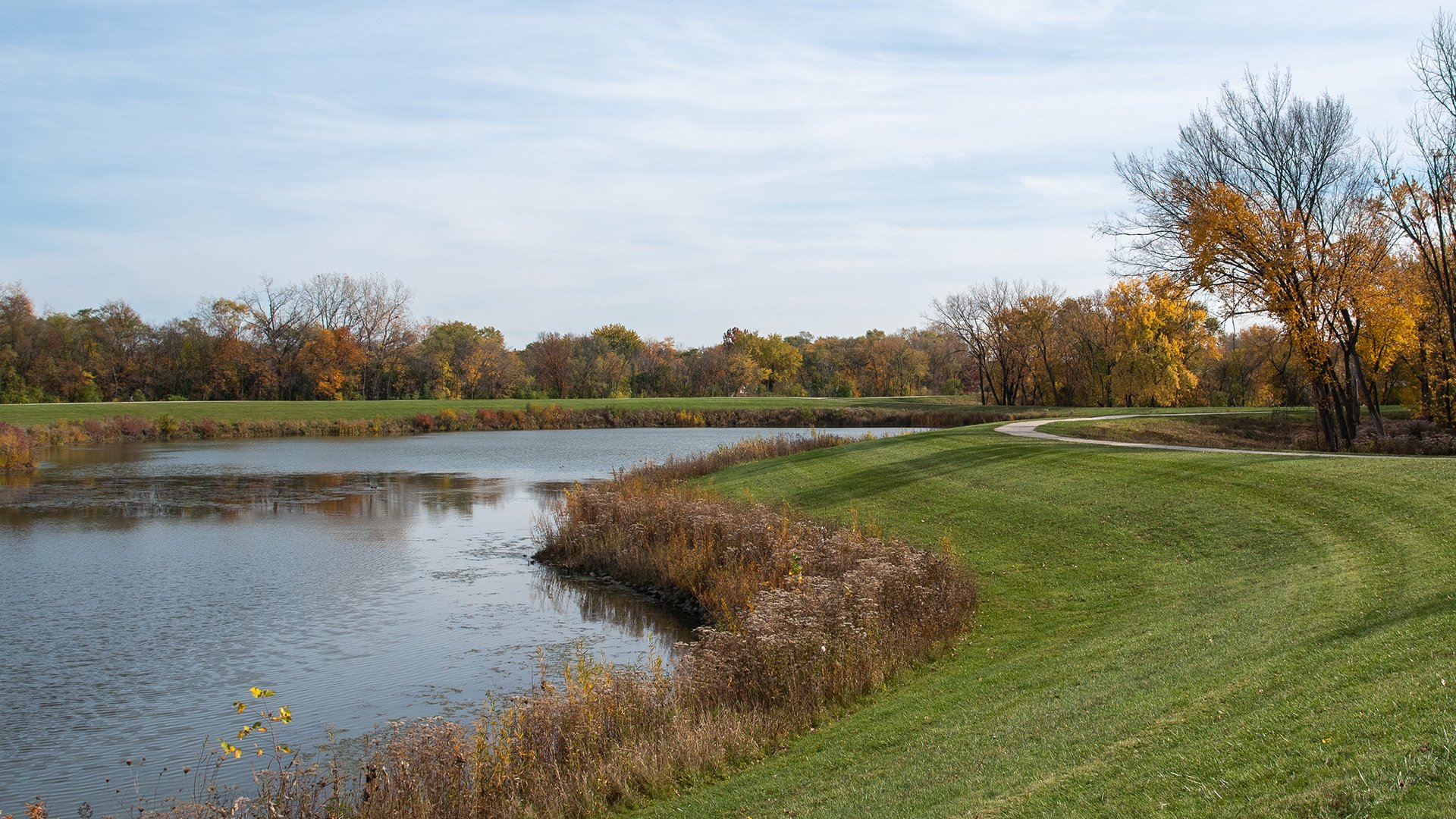
Cricket Creek
Addison
Maps
The main entrance is on the north side of Fullerton Avenue 1 block east of Villa Avenue.
The model-boat parking lot is on the west side of Route 83 Frontage Road 0.25 mile north of North Avenue.
Hours
The preserve is open one hour after sunrise to one hour after sunset.
General Info
Dogs are allowed at the forest preserve but must be on leashes under 10 feet long. Alcohol is prohibited. Read our complete rules and regulations.
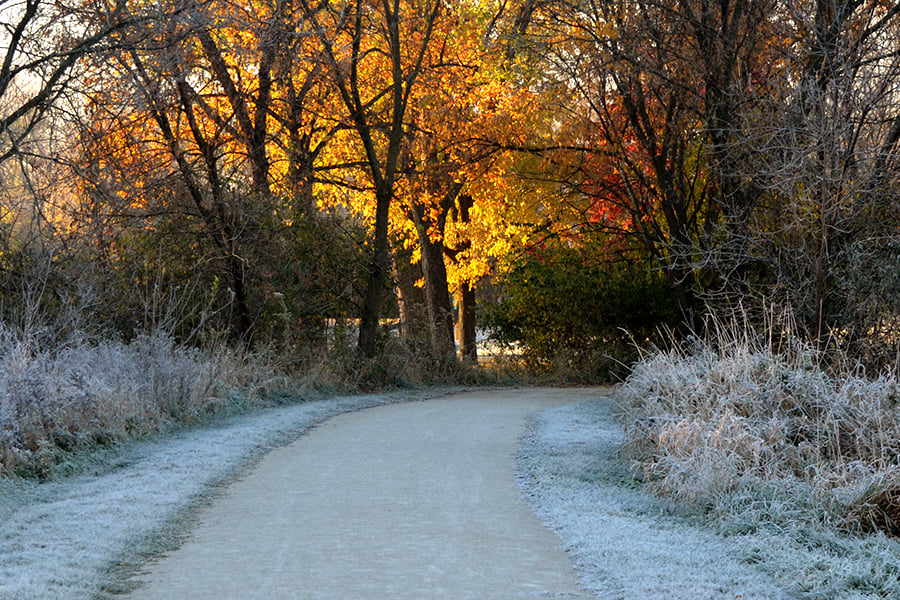
Things To Do
Over 3 miles of trails — including 2.4 miles of the 30-mile Salt Creek Greenway Trail — wind through the preserve and around the lakes and are ideal for hiking, biking, jogging, and cross-country skiing.
You can access Salt Creek via the canoe launch at Cricket Creek.
You can fish for largemouth bass, crappie, catfish, sunfish, and bluegill at the 9-acre Green Lake, 3-acre Stonewort Pond, or 5-acre Riverbend Pond. If people with model boats are using Riverbend Pond, though, please fish at one of the other two lakes.
Anglers 16 or older who are not legally disabled must carry valid Illinois fishing licenses. Lake maps and regulations, including creel limits and minimum lengths, are on our Fishing page.
Cricket Creek has several picnic tables and grassy areas where you can spread a blanket. Ground fires are not allowed, but you can bring grills. (The preserve has hot-coal containers for charcoal.)
Groups can also reserve a 50-person picnic shelter. Details are on our Picnicking page.
If you enjoy model boating, you can use your craft on Riverbend Pond but must have a valid Forest Preserve District permit in your possession.
Natural Features
The 208-acre Cricket Creek offers fishing, picnic sites, and the Forest Preserve District’s only model-boating lake. It features nearly 2 miles of crushed limestone trails and serves as an important link in the 30-mile Salt Creek Greenway Trail.
Cricket Creek contains the county’s first wetland mitigation bank, a restoration site funded by developers to replace previously destroyed wetlands. The habitat attracts native wildlife, including a variety of bird species, such as great blue herons and ducks, and various amphibians.
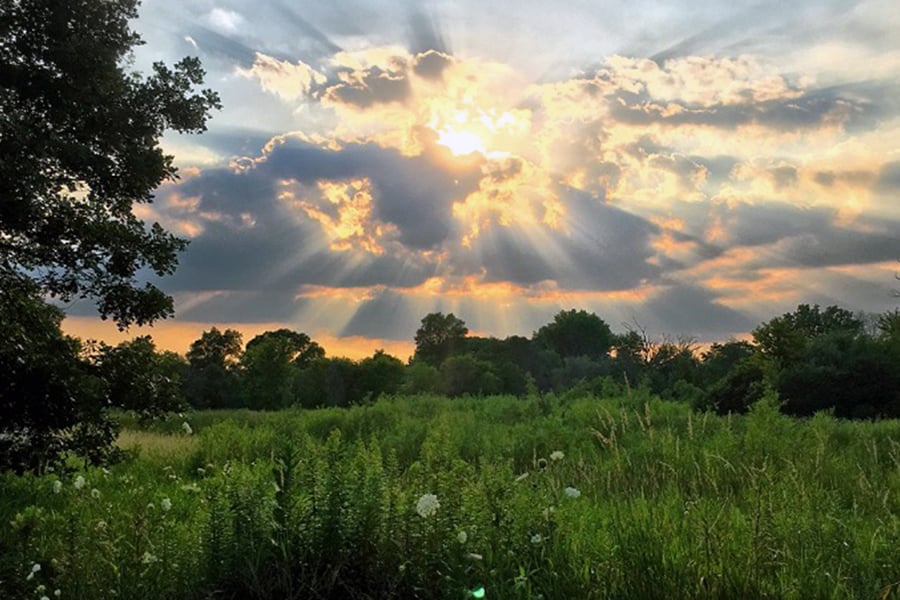
History
The land was prairie until the late 1930s, when it started to transform into agricultural fields dotted with homes. The Forest Preserve District acquired the first 40 acres in 1974 and made subsequent purchases through 2016, eventually transforming a flood-prone housing development into a beautiful forest preserve.
